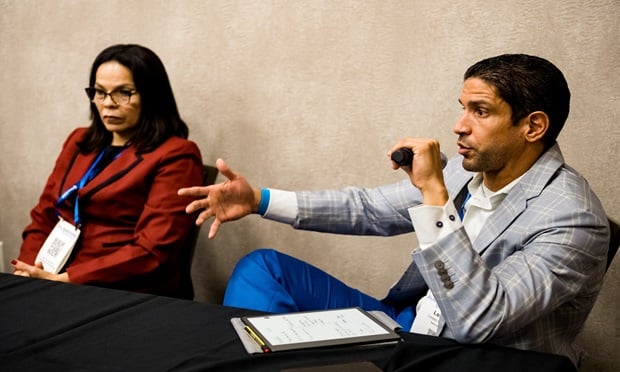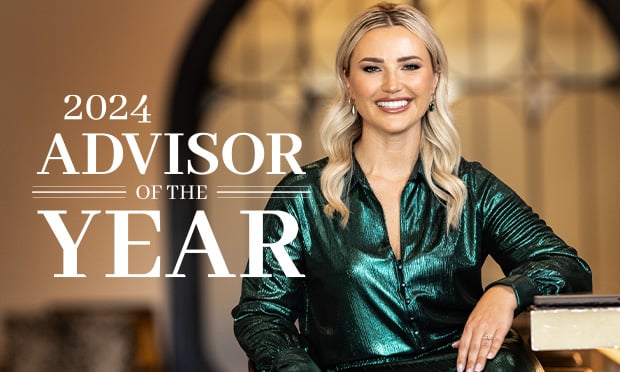As part of the passage of the Dodd-Frank Wall Street Reform andConsumer Protection Act of 2010, the U.S. Securities and ExchangeCommission was tasked with conducting a study to identify theexisting level of financial literacy among retail investors andmethods and efforts to increase the financial literacy ofinvestors.
|In its research, the SEC found that U.S. retail investors lackbasic financial literacy and have a weak grasp of elementaryfinancial concepts. They also lack critical knowledge of ways toavoid investment fraud, according to the study.
|Women, African-Americans, Hispanics, the elderly and those whoare poorly educated have an even greater lack of investmentknowledge than the average general population.
|Based on these findings, the staff identified methods to improvethe timing, content and format of disclosures and useful relevantinformation for investors to consider when either selecting afinancial intermediary or purchasing an investment product; andmethods to improve the transparency of expenses and conflicts ofinterest.
|The study found that companies need to release disclosuresbefore someone makes a decision on whether to engage a financialintermediary or purchase an investment product or service.
|Disclosures about financial intermediaries must include fees,disciplinary history, investment strategy, and conflicts ofinterest to be absolutely essential. Investors favor summarydocuments containing key information about the investment product,with respect to investment product disclosures.
|Investors prefer disclosures to be written clearly, conciselyand in understandable language, using bullet points, tables, chartsand graphs.
|Companies should increase the transparency of conflicts ofinterest by providing specific examples that demonstrate how apotential conflict of interest would operate in relation to thespecific advice furnished to the client; present the conflicts ofinterest disclosure in a bulleted format or in a summary tableformat; and make the conflicts of interest disclosure morespecific, even if it results in a lengthier disclosure document;make the conflicts of interest disclosure brief and more general,with more specific information available upon request; and disclosewhether a financial intermediary stands to profit if a clientinvests in certain types of products, whether they would earn morefor selling specific products instead of other comparable productsand whether the financial intermediary would benefit from sellingfinancial products issued by an affiliated company.
|The study also found ways to improve financial literacy amonginvestors by targeting young investors, lump sum payout recipients,investment trustees, the military, underserved populations and theelderly; promoting the importance of checking the background ofinvestment professionals; promoting investor.gov as the primaryfederal government resource for investing information; andpromoting awareness of the fees and costs of investing.
Complete your profile to continue reading and get FREE access to BenefitsPRO, part of your ALM digital membership.
Your access to unlimited BenefitsPRO content isn’t changing.
Once you are an ALM digital member, you’ll receive:
- Critical BenefitsPRO information including cutting edge post-reform success strategies, access to educational webcasts and videos, resources from industry leaders, and informative Newsletters.
- Exclusive discounts on ALM, BenefitsPRO magazine and BenefitsPRO.com events
- Access to other award-winning ALM websites including ThinkAdvisor.com and Law.com
Already have an account? Sign In
© 2024 ALM Global, LLC, All Rights Reserved. Request academic re-use from www.copyright.com. All other uses, submit a request to [email protected]. For more information visit Asset & Logo Licensing.








